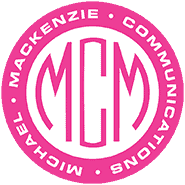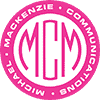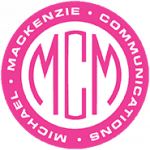Turning an idea into a product is a process. It takes effective communication and useful feedback to help a designer understand what you want and to ensure the right result. Here are some guidelines for building a solid foundation with a graphic designer:
Be Realistic with Deadlines
Work with the designer on the timeline for the project, including first draft and delivery date of the final piece. Remember designing is a process and some things take longer than you may think. For example, a request to “clean up the background” may take hours depending on the image. Also, understand that multiple revisions will most likely delay the finished product.
Provide Examples
If you have examples of a design that you like, share them with your designer – including fonts, color palettes and layouts. The design process is a collaboration and the earlier in the process you share your vision, the better. Examples are a great starting point for a designer to “get inside your head” and build on the work they will ultimately provide.
Be Specific with Feedback
Vague statements such as, “Just tweak this,” or “Can’t you make it pop?”, or “I don’t like this,” are not useful directions. Be clear: if the design looks cluttered, ask if it can be simplified; if there is a part of the design that you like and want to see more of, point it out specifically. A designer can’t read your mind and clear direction will help save time and frustration.
Discuss Improvements, not Mistakes
Being harsh when suggesting revisions will not help the process. Think about how you can get your point across while providing clear direction. So instead of saying, “This font is ugly,” think about saying, “I would like to try a different font here,” then offer specific examples if you can.
Listen to Your Designer
It’s important to respect a designer’s training and talent and allow them to use their skills to create. If you don’t like a portion of a design, ask for the reasoning behind what is on the layout. Then consider it before dismissing it. Once you understand what your designer is thinking and learn about their process, you can start the conversation and negotiate if necessary.
Finally keep in mind that design is a subjective process and there is no absolute “right way” to go about it. Remember to think about what you are trying to achieve from your target audience’s point-of-view. Design is a collaborative process and understanding how it works, setting realistic expectations, having patience and effective, clear communication will put you on a path toward a successful outcome.
This post courtesy of Jane Moylan


